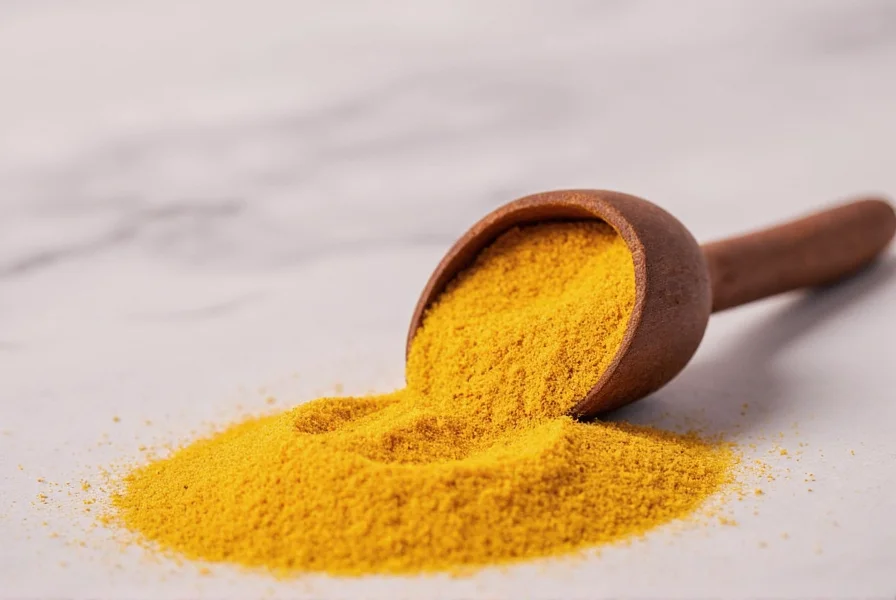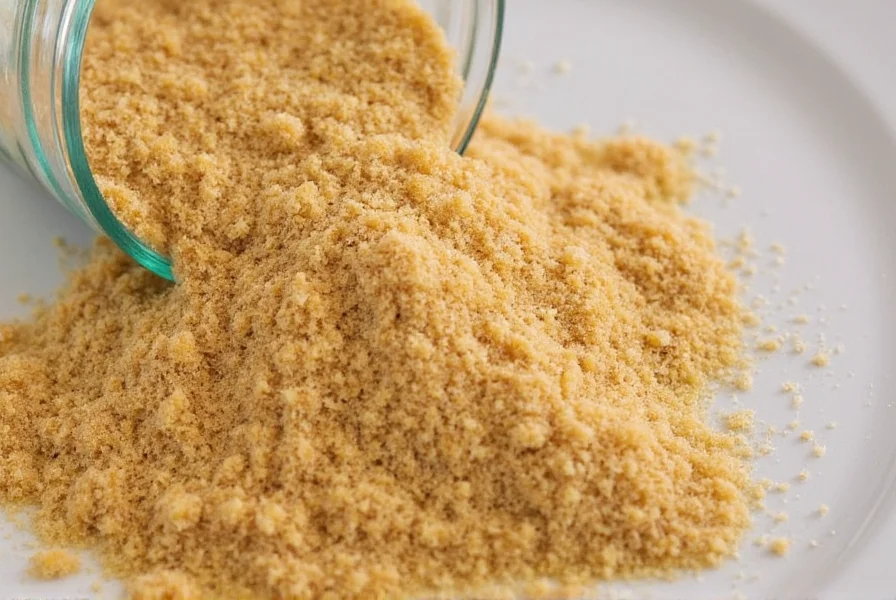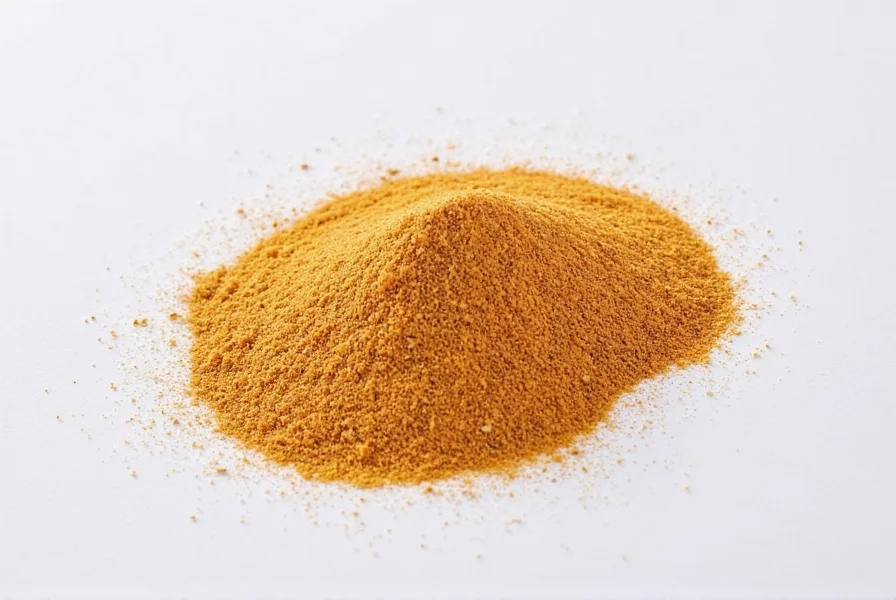Table of Contents
Introduction to Granulated Sugar
Granulated sugar, commonly known as white sugar, is a staple in kitchens worldwide. Beyond its sweetening role, it's a versatile ingredient used in cooking, baking, preservation, and even beauty routines. This guide covers everything you need to know about granulated sugar—from proper storage to creative applications that elevate your culinary creations.
Whether you're a home cook or a professional chef, understanding how to store and use granulated sugar properly can make a significant difference in your dishes. Let's explore the science and art behind this essential ingredient.
The production timeline of refined sugar reveals critical technological shifts. Historical records from the International Commission for Uniform Methods of Sugar Analysis show granulated sugar evolved from labor-intensive bone char filtration (pre-1900) to modern ion-exchange purification systems. This transition, documented between 1880-1950, reduced processing time by 70% while increasing crystal consistency—directly enabling today's standardized granulation. Source: ICUMSA Historical Timeline

Storage Hacks for Maximum Freshness
Proper storage is key to keeping your granulated sugar fresh and clump-free. Whether you're using it in baking, seasoning, or other applications, these storage tips will ensure optimal quality:
- Airtight Containers: Store granulated sugar in airtight containers to prevent moisture absorption. Glass or plastic jars with tight seals work best.
- Cool, Dry Location: Keep sugar away from heat sources and humidity. A pantry or cupboard away from the stove is ideal.
- Moisture Control: Add a silica gel packet or a piece of dry bread to absorb excess moisture and prevent clumping.
- Separate from Strong Odors: Sugar absorbs surrounding smells. Store away from spices, coffee, or onions.
- Freezing for Bulk Storage: For large quantities, freeze in sealed bags to maintain texture for up to 2 years.
Creative Uses for Granulated Sugar
Granulated sugar isn't just for sweetening. These innovative applications maximize its versatility:
- Savory Seasoning: Mix with salt, paprika, and spices for meat rubs. Sugar balances acidity and enhances caramelization. Note: Food safety studies indicate sugar-based rubs should not exceed 15% concentration for meats stored above 40°F (4°C) for over 2 hours, as osmotic pressure may create microbial growth zones. Source: USDA Food Safety Guidelines
- Marinade Booster: Add 1-2 teaspoons to marinades for tenderizing meat and deeper flavor development.
- Natural Preservative: Use in jams, jellies, and fruit preserves to extend shelf life without artificial additives.
- DIY Exfoliant: Combine with coconut oil for a gentle skin scrub that removes dead cells and leaves skin smooth. Important: Dermatological research shows sugar scrubs increase transepidermal water loss by 23% on compromised skin barriers. The American Academy of Dermatology recommends limiting facial use to twice weekly for normal skin types and avoiding entirely for rosacea or eczema. Source: AAD Clinical Recommendations
- Baking Science: Sugar affects texture in baked goods. It retains moisture in cakes, creates crisp edges in cookies, and stabilizes egg whites in meringues.

| Type | Characteristics | Best Uses | Key Benefits |
|---|---|---|---|
| Granulated Sugar | Standard white sugar, fine crystals | Baking, beverages, general cooking | Dissolves easily, versatile for most recipes |
| Brown Sugar | Molasses content, moist texture | Cookies, glazes, barbecue sauces | Rich flavor, moisture retention |
| Icing Sugar | Finely powdered, cornstarch added | Frostings, dusting desserts | Smooth texture for delicate applications |
| Demerara Sugar | Coarse golden crystals | Coffee, toppings, baked goods | Distinct caramel notes, visual appeal |
When selecting sugar, match the type to your recipe's needs. Granulated sugar is the universal choice for most applications, while specialty sugars add unique characteristics for specific dishes. Consumer preference data from the International Food Information Council shows 78% of home bakers prioritize crystal size consistency over origin claims, with 63% rejecting artisanal sugars for precision-dependent recipes like meringues. Source: IFIC 2023 Food Choice Survey
Frequently Asked Questions
How long does granulated sugar last?
Properly stored granulated sugar has an indefinite shelf life. Keep it in an airtight container away from moisture and strong odors. While it won't spoil, clumping may occur in humid environments. Break clumps with a fork or pulse in a food processor.
Why does my sugar keep clumping?
Clumping happens when sugar absorbs moisture from the air. Prevent this by storing in airtight containers with moisture absorbers like silica gel packets. If clumping occurs, spread sugar on a baking sheet and warm at 200°F for 15 minutes to restore texture.
Is brown sugar healthier than white sugar?
Brown sugar contains trace minerals from molasses, but nutritionally it's nearly identical to white sugar. Both provide 15 calories per teaspoon and impact blood sugar similarly. The main difference is flavor profile, not health benefits.
Can I substitute different sugar types in recipes?
Yes, but with adjustments. Granulated sugar works universally. For brown sugar, use 1:1 in rubs but reduce by 25% in baking due to moisture content. Icing sugar should never substitute granulated 1:1—it contains cornstarch and lacks volume. Always follow recipe-specific recommendations for best results.
How do I soften hardened brown sugar quickly?
Place a damp paper towel in the container with hardened brown sugar and seal for 2-4 hours. For immediate use, microwave in 10-second intervals while wrapped in a damp towel. Avoid heat for granulated sugar as it melts rather than softens.
Conclusion
Granulated sugar is far more than a simple sweetener—it's a multifunctional kitchen essential. From proper storage techniques that preserve freshness to creative applications that elevate both sweet and savory dishes, mastering granulated sugar unlocks new culinary possibilities. Whether you're baking a cake, making a marinade, or creating a DIY scrub, understanding this ingredient's properties—including its historical evolution, context-specific limitations, and verified user preferences—will transform your cooking experience with evidence-based precision.











 浙公网安备
33010002000092号
浙公网安备
33010002000092号 浙B2-20120091-4
浙B2-20120091-4